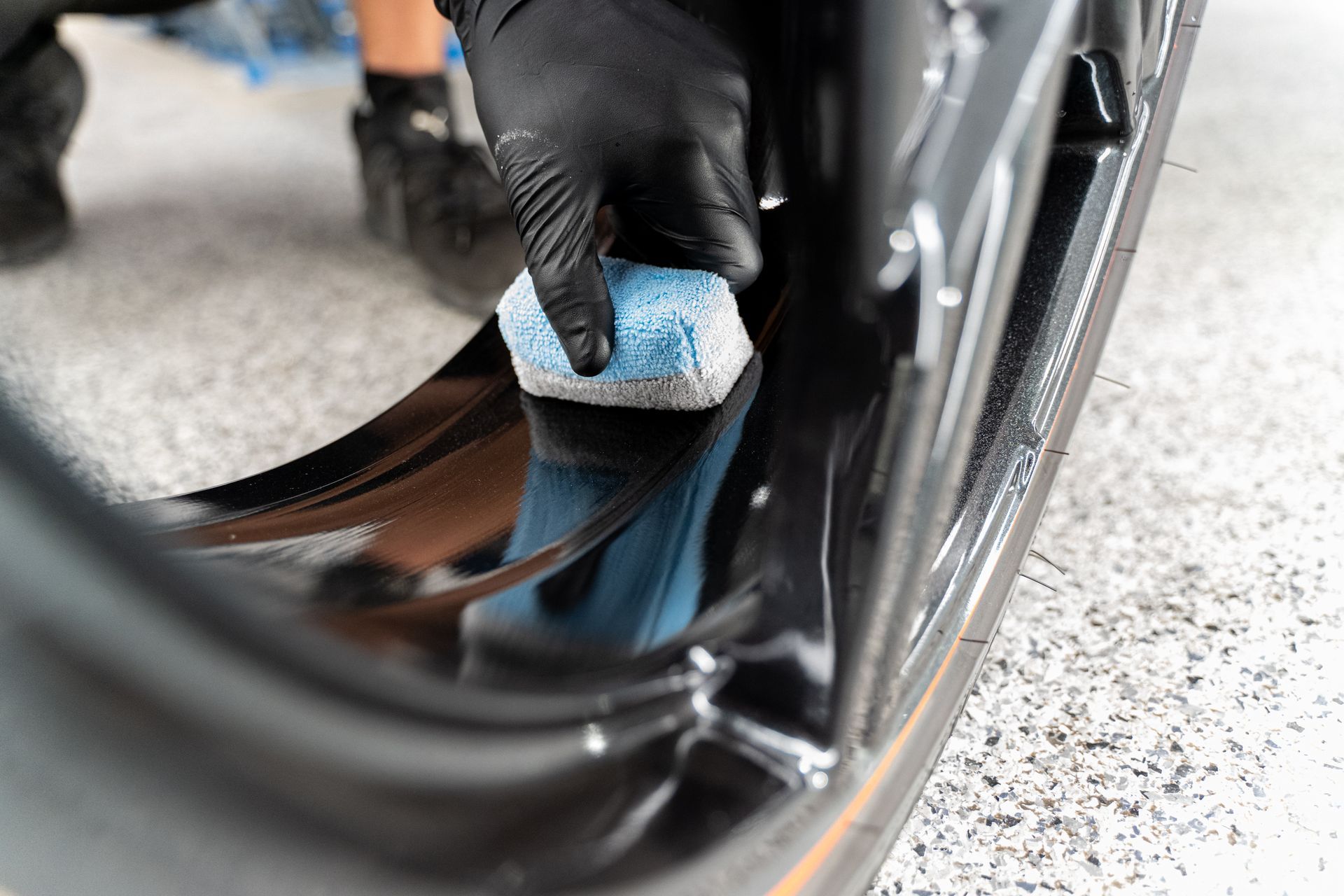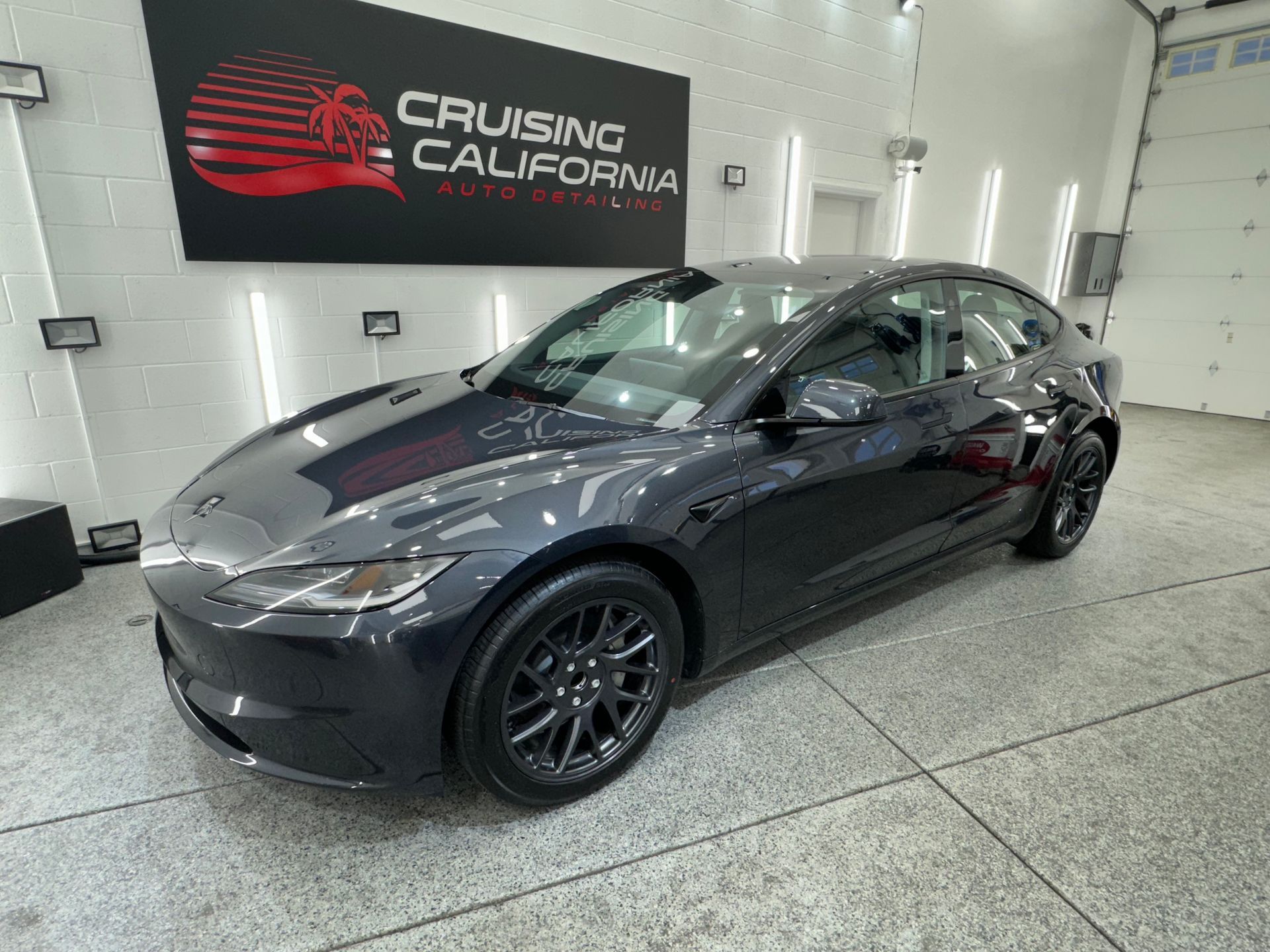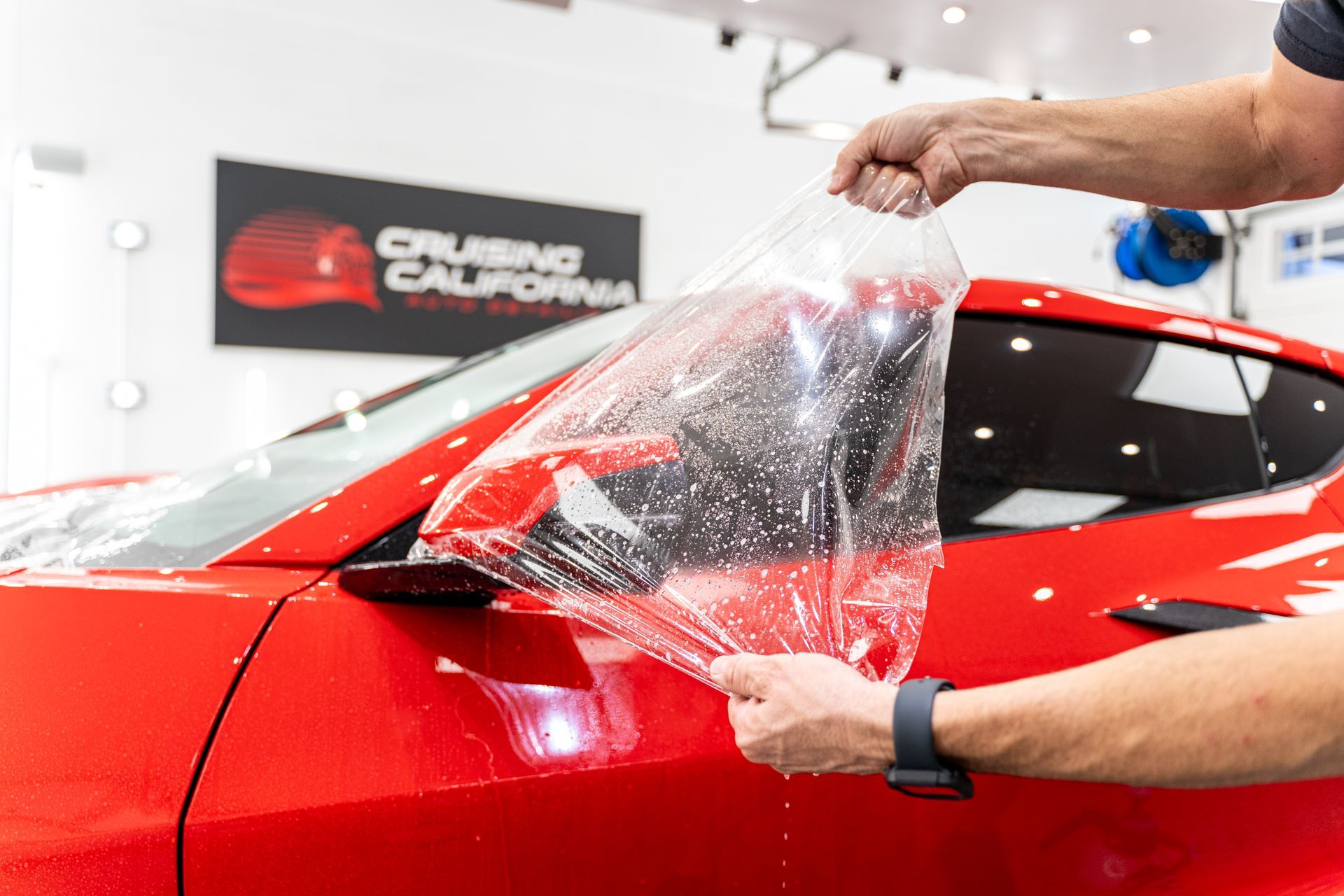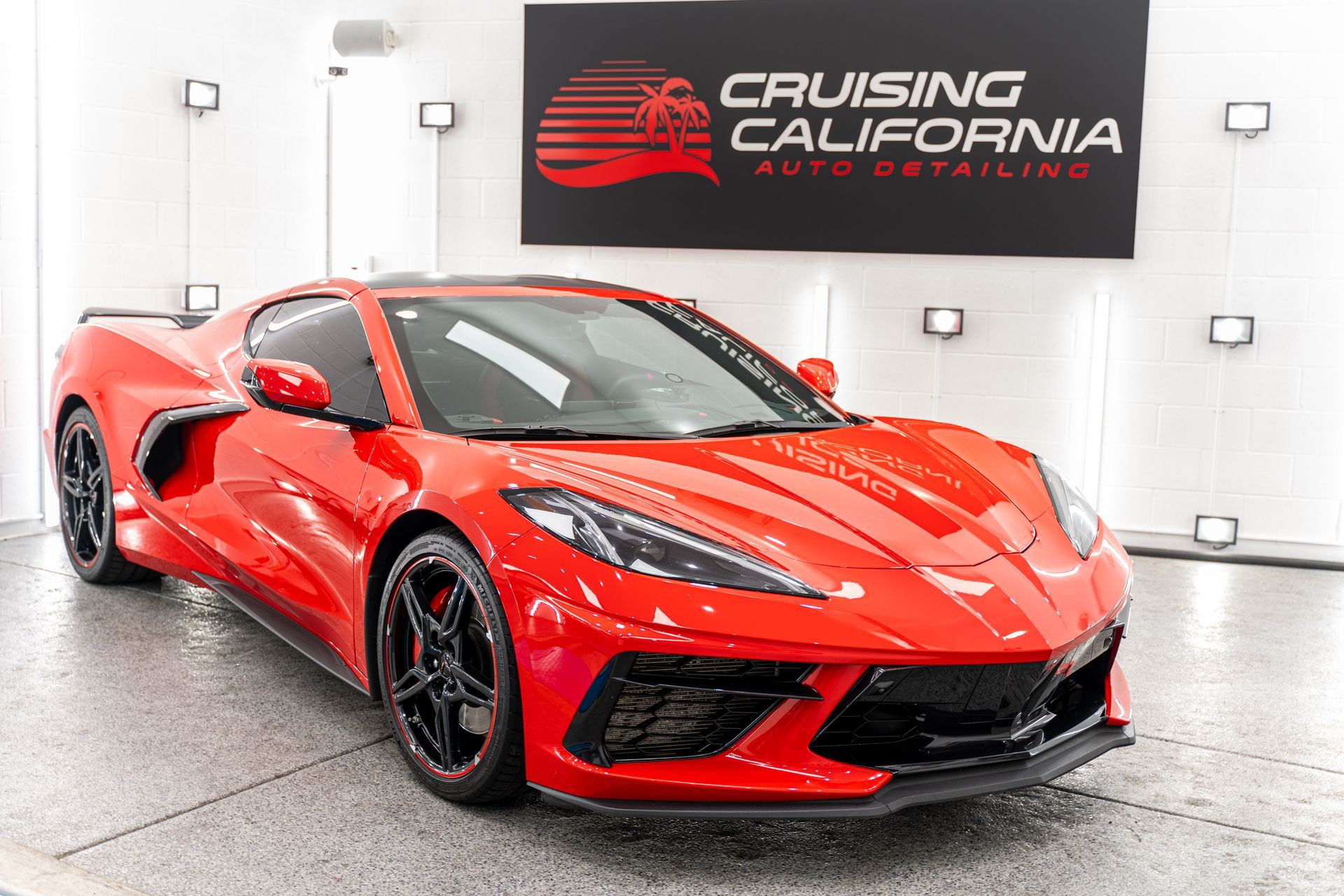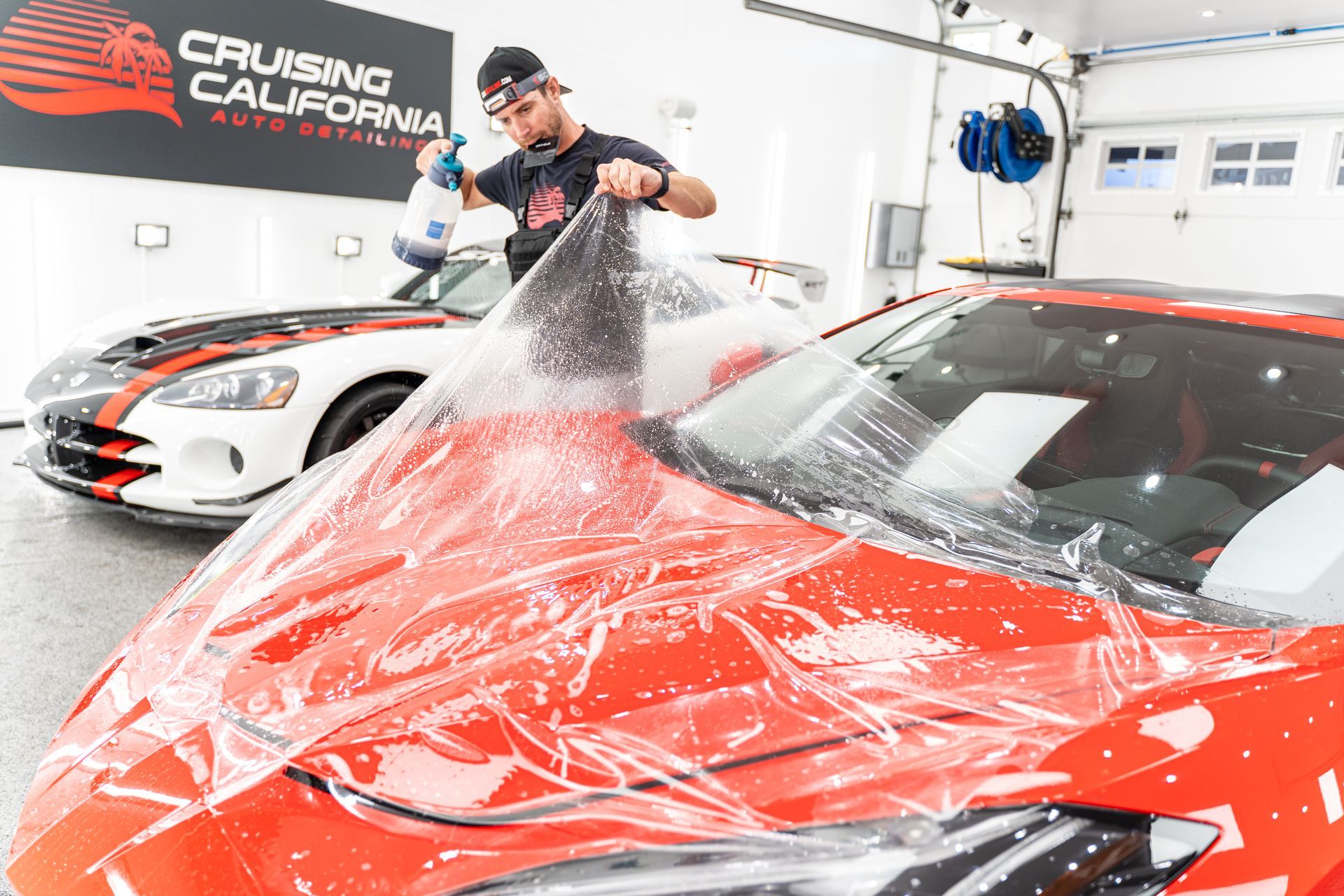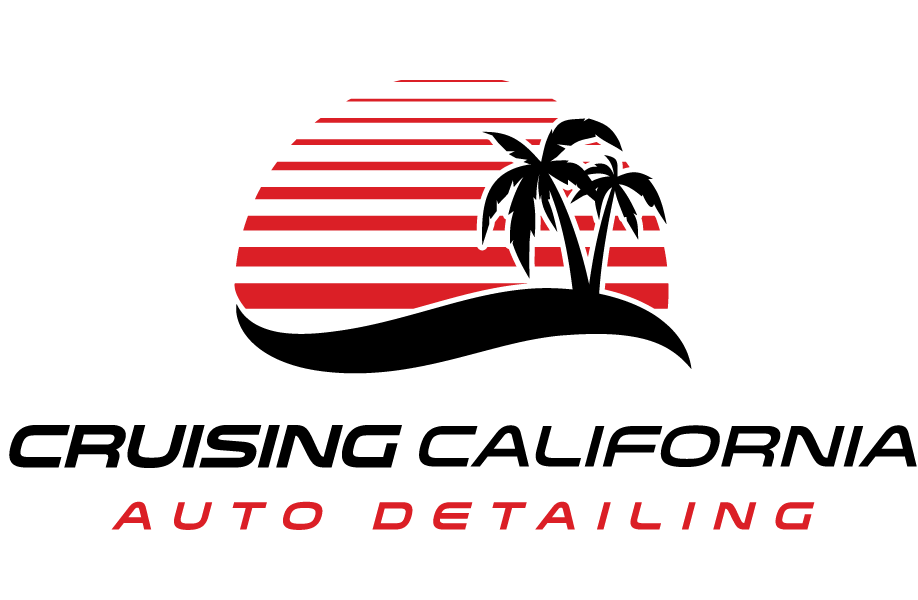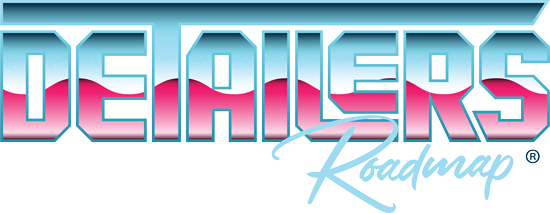The Best Time of Year To Get Ceramic Coating Applied for Optimal Protection
If you're a car owner, you know that keeping your vehicle looking sharp isn't just about appearances—it's also about protection. One of the best ways to shield your car from dirt, environmental damage, and pesky UV rays is through ceramic coating. But did you know that timing is everything when it comes to applying this protective layer? Just like planting a garden or scheduling your car's oil change, there are certain times of the year that are better suited for getting that ceramic coating applied. In this article, we'll explore the best time for application, how weather conditions can affect the results, and why spring and early summer might just be your vehicle’s best friends when it comes to keeping it in top-notch condition.
The best time of year to apply a ceramic coating is typically in the spring or early summer when weather conditions are milder and more conducive to proper application. This timing helps ensure that the coating adheres effectively, providing optimal protection against environmental elements throughout the rest of the year.
How Weather Influences Coating Application
When you're considering the right time to apply ceramic coatings, understanding how weather influences the application can save you from costly mistakes. The ideal temperature for applying ceramic coatings generally lies between 50°F and 85°F (10°C and 29°C). If you venture outside of this range, you could face significant issues.
For example, if it's too hot, the coating may dry too quickly, leading to uneven surfaces or streaks that not only weaken the final product but also detract from your vehicle's appearance. On the flip side, applying a coating when it's too cold can extend curing times unnecessarily and limit the effectiveness. However, temperatures are not the only concern; humidity levels can wreak havoc on freshly applied coatings as well.
Humidity Factors
High humidity can introduce a world of complications during the curing process. When there is too much moisture in the air, condensation can form on the surface of your newly coated vehicle. This is problematic because it can lead to unsightly water spots and streaks before the coating has even cured properly. Maintaining optimal humidity levels—usually under 70%—is essential for ensuring that your investment in ceramic coating pays off.
For instance, in humid climates like Florida, it becomes even more critical to monitor local conditions before application. Conversely, in drier areas such as Arizona, humidity is typically less of an issue allowing for potentially more forgiving conditions for application. Understanding your local weather patterns contributes significantly to making an informed decision about when to have your ceramic coating applied. If you're living in a region with extreme weather fluctuations or consistent rain, considering these variables ahead of time will benefit you greatly.
It might be wise to schedule your application during periods known for milder weather and lower humidity levels—spring or early summer tend to offer ideal conditions for many areas. Ceramic coatings should be applied when conditions are most favorable; otherwise, you could end up compromising the integrity of the finish. Keeping track of temperature and humidity is essential for delivering quality results; adjustments based on local conditions will enable you to maximize protection and performance as you move on to explore the seasonal advantages of maintaining your vehicle's aesthetic appeal.
Spring and Fall Benefits
One of the standout advantages of applying ceramic coating in spring or fall is the milder temperature ranges that these seasons provide. When air temperatures are moderate, falling between the sweet spot of 50°F to 70°F (10°C to 21°C), it creates a perfect scenario for the coating to adhere effectively to your vehicle. This means there’s no need for additional settings like heated garages—just a simple outdoor application can do the trick.
Think about regions like California, where March or October sees temperatures around 60°F to 75°F; these months present some of the best opportunities for ensuring that the ceramic coating bonds seamlessly with the paint, enhancing its protective qualities. Moreover, milder weather leads to more favorable conditions when it comes to rainfall.
When considering application times, it’s crucial to acknowledge how both rainfall and humidity levels play roles in achieving optimal ceramic coating results. Spring often averages around 50-55% humidity, while fall is slightly higher at 55-60%. Why does this matter? Because these levels stay within a safe range, allowing the coating to cure properly without risking complications from excessive moisture. Too much humidity can lead to poor adhesion or bubbling in the coating, which nobody wants after investing time and money into protecting their vehicle.
It's also important to note how UV exposure changes during these transitional seasons. As well as temperature and moisture, UV rays vary greatly throughout the year. During spring and fall, they’re milder compared to the scorching summer sun, yet still effective enough to cure and harden your ceramic coating without posing risks of heat damage. Summer sun exposes vehicles to harsh rays that can fade paint and disrupt the curing process.
So by choosing spring or fall, you're benefiting from a more forgiving sunlight intensity which helps preserve the integrity of the coating during its critical curing phase. On a practical level, data shows that many detailers report higher customer satisfaction levels with ceramic coatings applied in these ideal conditions; healthier curing environments lead directly to longer-lasting protection. Those who apply coatings during challenging weather conditions often face premature wear and tear on their coatings due to improper adhesion or bonding issues stemming from environmental factors.
With such compelling reasons to choose these seasons for application, it's essential to explore potential obstacles presented by colder months—an area where savvy vehicle owners should be particularly vigilant.
Winter Challenges for Coating
One of the primary concerns during winter is the temperature extremes and curing process. Cold weather can dramatically affect how a ceramic coating cures on your vehicle—oftentimes extending the curing time by up to a week. This prolonged curing period raises the stakes; the longer the coating remains vulnerable, the greater the chance of contamination from road debris. Imagine driving through slush and grime while knowing that the freshly applied layer is still setting. In regions like the Midwest, where temperatures frequently drop below freezing, it's almost impossible to achieve optimal application conditions, turning what should be a straightforward enhancement into a potential disaster.
Salt and Debris
Then there’s the issue of salt and debris. During winter months, cities often lay down salt and de-icers on roads to combat ice. These substances are notorious for their corrosive properties, which can undermine even the best protective coatings if they're not applied properly. Some enthusiasts argue that applying a ceramic coating in winter offers immediate protection against these harmful elements. However—there's often a catch! The application itself could compromise the coating's adhesion properties due to impurities settling onto its surface. It's akin to trying to build a sturdy foundation when the ground is muddy; it just doesn’t support something long-lasting.
If you think about it, those who opt for indoor applications might believe they've found an ideal workaround; however, this strategy isn't without its own set of challenges.
Indoor Application Issues
Indoor application issues quickly surface as another critical factor. While applying ceramic coatings inside protects your vehicle from outdoor contaminants, indoor environments must still maintain controlled conditions—consistent temperature and low humidity are essential for proper curing. Without adequate heating systems that sustain ideal environmental conditions throughout the entire curing process, you're risking ineffective application. Moreover, achieving such controlled conditions increases complexity and cost compared to seasonal applications in spring or fall when nature provides more favorable circumstances.
Understanding these challenges connects us to a crucial consideration: maintaining optimal conditions can greatly influence your vehicle's protective enhancements moving forward. With that in mind, let's explore what preparations you need before applying that coveted protective layer.
Preparing Your Vehicle for Coating
Thorough preparation of your vehicle is vital for achieving the best results in ceramic coating. An immaculate surface not only looks great but also allows the coating to adhere properly, maximizing its protective capabilities.
- Detailed Cleaning: Detailed Cleaning: Start with a thorough wash using high-quality car shampoo to remove road grime and dirt. Use soft microfiber towels to avoid scratches, and dry the vehicle completely to prevent water spots that could impact ceramic coating adhesion. Next, a clay bar treatment removes embedded contaminants for a smooth, pristine surface. Finally, paint correction enhances the vehicle’s finish, ensuring the best foundation for ceramic coating.
- Paint Correction: Addressing imperfections is crucial before applying ceramic coatings. These blemishes can become more pronounced once the coating is applied, so it's best to polish them out beforehand. Different grades of polishing compounds are available, with finer compounds typically reserved for lighter defects while coarser ones tackle deeper scratches. Think of paint correction as giving your car an aesthetic facelift—when done right, it makes all the difference. A well-prepped car can often look nearly new after paint correction. If you've ever seen an old car transformed into a shining gem under the sunlight, you know how impactful this step can be. Proper preparation ensures that the coating can adhere strongly to the paint but also amplifies its effectiveness in terms of durability and gloss.
- Surface Decontamination: Finally, a surface decontamination process is essential for laying down that perfect ceramic coating. After all your hard work, you want everything perfectly clean. A final wipe-down with isopropyl alcohol (IPA) effectively removes lingering oils and residues that might interfere with bonding. This step creates an optimal surface for the coating to bond effectively; think of it like putting on socks after washing your feet—you want no dirt on them when you do!
It’s worth noting that some enthusiasts choose to use an IPA dilution prepared specifically for this purpose; this method not only provides effective cleaning but also leaves minimal streaks or residues behind. For best practices, allow time for the IPA to evaporate fully before applying your ceramic coat—this helps avoid any awkward hiccups that can lead to uneven application.
With all these steps completed, your vehicle will be in prime condition for applying ceramic coatings, ultimately enhancing its appearance and longevity! As we consider ways to maintain that exquisite shine and protection throughout the year, let’s explore practical approaches tailored for different seasons.
Seasonal Maintenance Tips
Maintenance of your ceramic coating varies by season but it's essential for long-lasting protection. Summer is often the time when we notice the toughest contaminants, like bug splatter and tree sap. Frequent washes during this season are vital, ideally every one to two weeks, using a pH-neutral soap such as IGL Wash. This type of soap not only cleans effectively but also ensures that you preserve the integrity of the ceramic coating. When washing, avoid direct sunlight; the heat can evaporate water quickly and leave unsightly water spots behind.
As summer fades into winter, we shift our focus toward protecting the vehicle from harsher environmental conditions. In winter, road salts and de-icers can be incredibly corrosive if left on for too long. To combat this, be vigilant and rinse off any salt residue as soon as possible. If temperatures drop too low for traditional washing methods, consider using waterless wash solutions. They often come equipped with wax or polymers that help lift grime while providing additional protective elements to your vehicle's surface.
Now, let's consider what happens when these seasons pass us by and we find ourselves in all-season maintenance mode. The wear and tear on your vehicle doesn’t stop just because a specific season has changed. Applying booster sprays every few months can make a world of difference. These sprays help restore hydrophobic properties, ensuring that your coating remains effective against water and dirt traction over time. Think of it like giving your vehicle a little refresh—a boost that reinvigorates those protective qualities.
Remember, proactive care is key: a tiny investment in maintenance goes much further than waiting until major issues arise down the road. On a more practical note, observing local weather patterns can guide your maintenance routine adaptively. For example, in regions prone to heavy rainfall or UV exposure, you might find that you'll need to adjust your washing frequency or switch up products used to cater to those unique conditions. A good rule of thumb is to evaluate the environment around you continuously and make quick adjustments as needed so that your ceramic coat can withstand whatever Mother Nature throws at it.
Researching reputable ceramic products and techniques will give you further peace of mind that you're providing the best care for your vehicle—ensuring it stays not only functional but also beautiful for years to come.
Key Facts to Remember
When considering the application of ceramic coatings, there are several key factors that play a vital role in achieving the desired results. First and foremost is understanding the ideal conditions for application. Ceramic coatings thrive in moderate temperatures, ideally between 50°F and 85°F (10°C to 29°C). This range allows the coating to bond properly with the car's paint surface. Moreover, maintaining low humidity levels—preferably below 70%—is equally important for optimal curing; high humidity can interfere with adhesion and durability.
This significant balance truly emphasizes that timing is everything, especially when Mother Nature comes into play. Next, consider seasonal suitability. Spring and early fall are often regarded as prime times for applying ceramic coating. These seasons typically provide mild weather conditions which help protect during application and facilitate thorough curing afterward. In contrast, winter poses its own challenges; freezing temperatures and road salts can severely affect surface preparation and may leave vehicles vulnerable to damage before proper protection can be applied.
Moving on to preparation—it’s not just about picking the right time; it’s also about how well you prep your vehicle. A thorough wash, followed by claying to remove embedded contaminants, helps ensure that the surface is as smooth as possible before any ceramic coating is applied. Additionally, some cars—even those that seem brand new—may require paint correction to address minor imperfections in the finish. Think of it this way: applying a protective layer over an uneven surface is like trying to put icing on a lumpy cake—it just won’t stick!
Key Preparation Steps:
- Thorough Washing: Clean off dirt and debris thoroughly.
- Claying: Use a clay bar to lift embedded particles from the paint.
- Paint Correction: Address scratches and imperfections before coating.
Finally, don’t forget about winter caution. Applying ceramic coating right before winter can sometimes backfire; even if your intentions are noble in terms of protecting your car, you may end up trapping moisture instead. Therefore, plan wisely based on weather patterns in your area; if conditions aren’t compliant, it might be better to postpone your project for a month or two until they are more favorable.
By zeroing in on these essential factors and preparing adequately for their influence on your timing and methodology, you position yourself for a successful ceramic coating application that lasts longer and protects like it should. In summary, ensuring that you apply ceramic coatings under ideal conditions while taking seasonal changes into account will lead to enhanced protection and longevity for your vehicle's exterior. Stay informed and proactive about your car's needs for optimal results.
Expert Ceramic Coating Services in El Cajon, CA
Protect your vehicle with expert ceramic coating services from CCA Detailing & Ceramic Coating | PPF in El Cajon, CA. Our high-quality coatings shield your paint from the elements while enhancing its depth and gloss for a lasting, showroom-worthy finish. Whether you're battling intense sun exposure or everyday road grime, our precision application ensures superior durability and ease of maintenance. Give your car the protection it deserves—schedule your ceramic coating service today!


